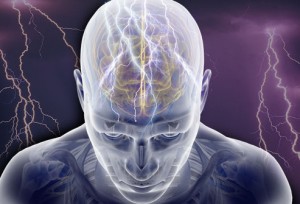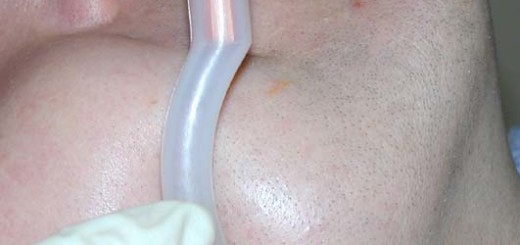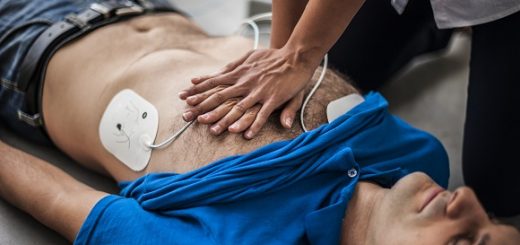Seizures and Epilepsy: A first aid guide
Although often discussed as a single condition, there are many different kinds of epilepsy and over 40 different types of seizures. One in 20 people will have a seizure at some time in their life. A person can not be diagnosed as having epilepsy from a single seizure. It is necessary for the seizures to be recurrent to constitute epilepsy.
Around 75 per cent of the people with epilepsy have their seizures well controlled with medication such as Carbamazipine (Tegretol), Phenytoin and Sodium Valporate (Epilim).
The different types of seizure
Seizures can be of two types: generalised or partial. The signs and symptoms will depend on where the change in brain activity begins and how widely and rapidly it spreads out. Generalised seizures involve the entire brain. There are several types including:
Tonic clonic. The patient becomes rigid, falls to the ground and convulses all over. Breathing may be laboured and there may be excess salivation and cyanosis. Incontinence may occur. Convulsions should stop within a few minutes and may be followed by deep sleep. If a seizure lasts more than five minutes, or if it is the first time that person has had a seizure, medical assistance should be sought immediately
Tonic. A sudden stiffening of muscles, the patient becomes rigid and falls to the floor. Usually there is a quick recovery but injuries often occur; atonic. A sudden loss of muscle tone with the patient collapsing to the ground.Usually there is a quick recovery but injuries often occur
Absences. A brief loss of consciousness, normally lasting for a few seconds. There may be blank staring, fluttering of the eyelids and nodding of the head.
Partial seizures start in just one part of the brain. There are a large number of different types including:
Simple partial seizures. Consciousness and normal awareness is maintained in this large group of seizures. There may be pins and needles in a distinct part of the body, an unusual taste or smell and possible other sensory disturbances. The most common form of simple partial seizure is localised jerking without any alternation in consciousness;.
Complex partial seizures. With this group there is an alteration of consciousness.They usually present as altered or autonomic behaviour. The patient might pluck at clothing, fiddle with objects and act in a confused manner. Lip smacking, chewing movements, grimacing, undressing, performing semi-purposeful movements and walking around in a drunken manner are examples of possible behaviour
Secondarily generalised seizures. Instead of stopping, a partial seizure evolves into a generalised seizure, usually tonic clonic.
Most seizures strike completely out of the blue, however, there are certain factors which can initiate a seizure. These include:
- Alcohol. Excess alcohol can trigger a seizure, even in people without epilepsy;
- Stress. More seizures can be experienced during periods of anxiety or stress, possibly as sleep patterns are upset at such times;
- Patterns of light. About five per cent of people with epilepsy are photosensitive and watching TV or playing video games can trigger seizures;
- Late nights and lack of sleep. Too many late nights or going without sleep, for example shift work or travel across time zones, can trigger seizures;
- Illness.A high temperature can bring on a seizure in young children if they are ill. Although less likely in adults, having a minor ailment can reduce a person’s seizure threshold, making seizures more likely;
What happens after a seizure?
Post-ictal is the term given to patients who have had a seizure and are in the recovery phase. All seizures are extremely disorienting and it is not uncommon for patients to be confused and act out of character, including verbal or physical aggression. Patients with re-occurring seizures or continual seizures are in status epilepticus and need aggressive treatment and rapid transport to hospital. Convulsive status epilepticus can result in permanent neurological damage, respiratory failure and cardiac arrest.
Seizures may occur in pregnancy unrelated to hypertension (eclampsia) simply as a manifestation of pre-existing epilepsy. Treatment regimes, for example medication doses, may have been altered prior to or early in the pregnancy and control may have been lost.
First aid for seizures
All patents exhibiting seizures should be managed by:
1) protecting the patient from injury during the seizure by removing any nearby objects which could be dangerous
2) cushion the head where possible, by placing a blanket or similar object underneath it
3) not attempting to restrain convulsive movement and not putting anything in the mouth
4) allowing the patient to recover in their own time
5) protecting modesty with a blanket, especially if there is incontinence
6) placing the patient into the recovery position after the seizure has finished
7) dealing with any injuries sustained during the seizure
Did you enjoy this blog post? Our Advanced Online First Aid Course has lots of information on medical conditions. You even get a free first aid certificate on completion!






